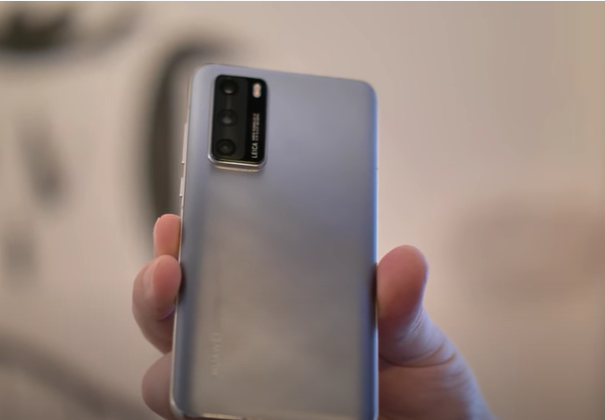
In 2020, Huawei released its new LTE-only version of the P40 flagship in China. The new model is powered by the 4G variant thanks to 2019's Kirin 990 5G chipset.
The Kirin 990 5G is based on TSMC or Taiwan Semiconductor Manufacturing Company's 7nm+ EUV process and features a 5G modem.
The 4G version of the chip is based on the same 7nm node as the Kirin 980, which gives power to the Huawei P30. The smaller size makes the Kirin 990 5G faster.
Both of the chips have the same core configuration, but they have a bit different frequencies due to the differences in the processes between the 7 and 7. Even though the chips have the same Mali-G76 GPU, the 5G variant has twice the number of NPU cores.
Huawei P40 4G specs
Aside from the chip, everything has been carried over from the P40 5G that was released in 2020. This means that the phone has a 6.1-inches OLED panel with 2340 x 1080 FHD+ resolution, 128GB of storage, 8GB of RAM, a triple camera system on the back which is 50MP wide, 16M ultra-wide, and 8MP telephoto. It also has a 32MP selfie snapper and an IR camera, as well as 3,800mAH battery.
Also Read:
The handset of the Huawei P40 runs Android 10 with EMUI 10.1 placed on top. The P40 4G also comes in Dark Blue and in Frost Silver, and it will cost you $617; and it is the latest in the growing number of 4G smartphones, according to GSMArena.
Huawei also recently launched the foldable Mate X2, and the company is expected to launch the P50 series on Mar. 26. The P50 Pro and Pro Plus is said to be powered by the 5nm Kirin 9000, and the standard model will have a less powerful Kirin 9000E.
The P50 Pro models will feature 120Hz displays, and a recent report stated that the handsets will introduce a new one-inch Sony sensor, according to PocketLint.
Huawei P40 release and features
Before the 4G coverage map, Huawei released the P40 series last year. The Huawei P40 release was deemed a success, and now the company is now preparing to launch the P50 series, as it rivals Teracube phones and foldable smartphones released by Samsung.
The Huawei P40 release in China was held on March 26, 2020. The phone has three models, the P40, P40 Pro, and the P40 Pro +, and there are two fundamental design footprints. The smallest of the three is the P40, as it has a 6.1-inch screen, while the P40 Pro and the P40 Pro + are the same in design and are considered large cell phones.
Although the P40 models came with Google's Android 10 operating system, combined with Huawei's EMUI 10.1 user interface, no model came with Google Services, which means users can't access Google Play Store.
The ban on Google is a result of the U.S.-China trade war, and it has been in place for months now. However, according to Android Authority, the telecommunications company has moved forward by creating a solution, the Huawei Mobile Services or HMS.
The HMS is meant to rival Google, and it comes with its own mapping, app gallery, and more. However, it still lacks some important apps like WhatsApp, Gmail, and other services owned by Google.
Read also: Huawei Loses Android License As Google Cut Ties With The Chinese Company: Here's What This Means
This article is owned by Tech Times
Written by Sieeka Khan
ⓒ 2025 TECHTIMES.com All rights reserved. Do not reproduce without permission.




